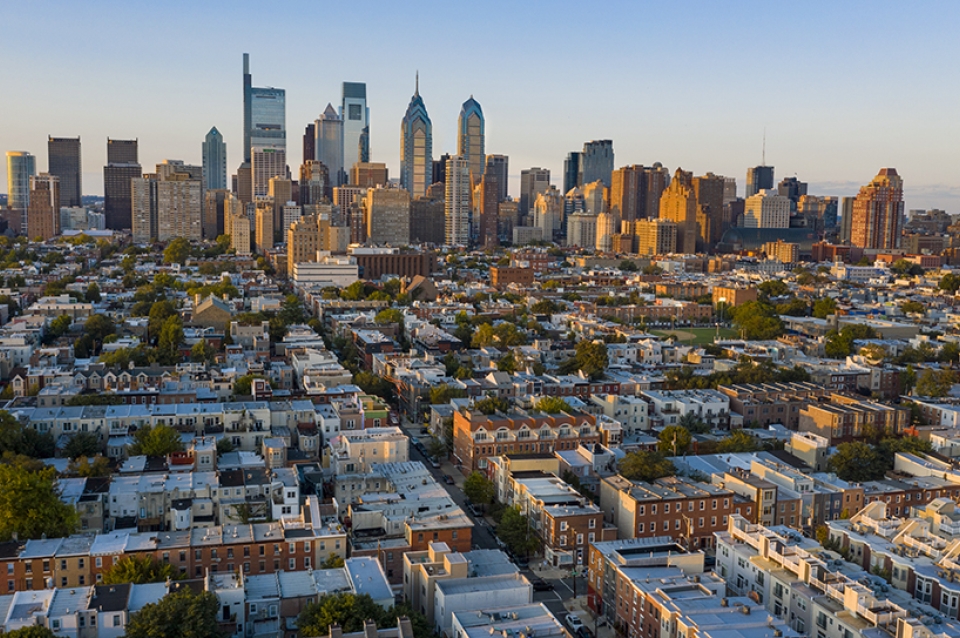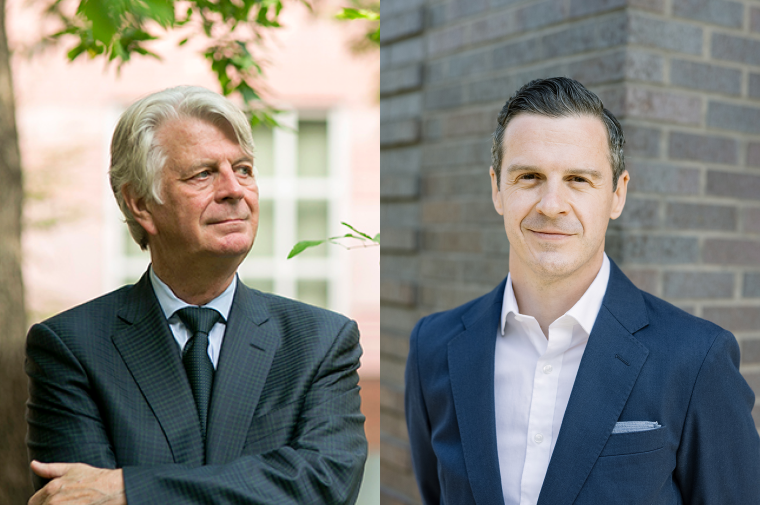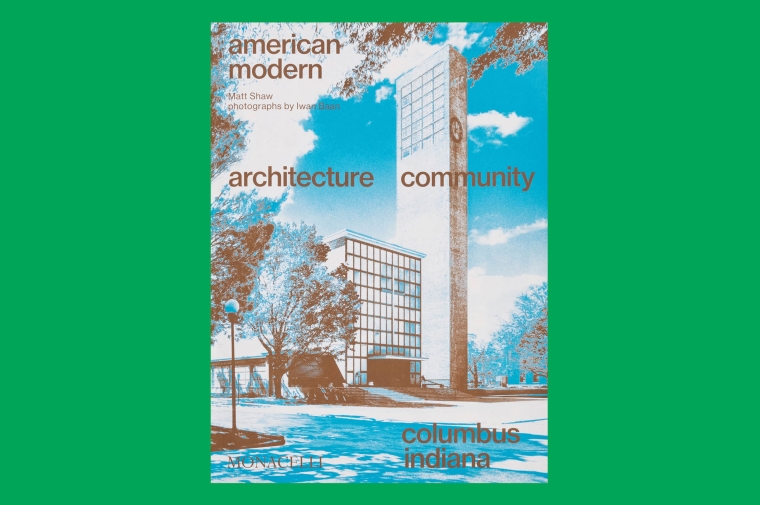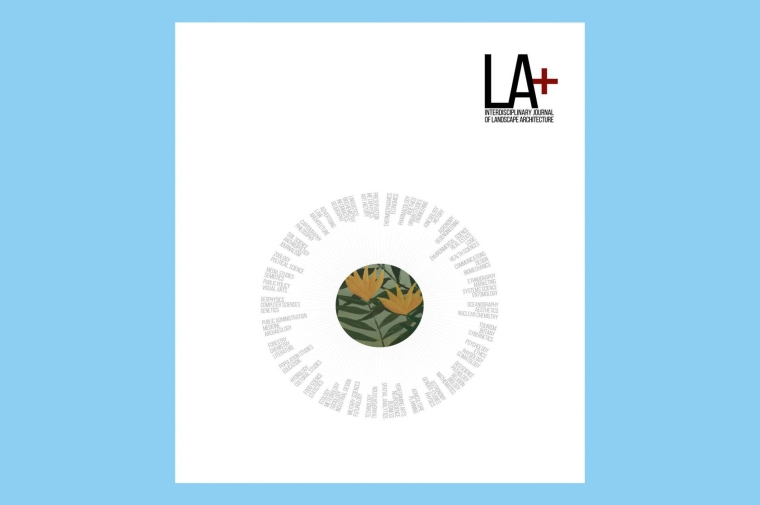January 29, 2021
Stuart Weitzman School of Design
102 Meyerson Hall
210 South 34th Street
Philadelphia, PA 19104
Get the latest Weitzman news in your Inbox
Media Contact
Michael Grant
mrgrant@design.upenn.edu
215.898.2539
The Penn Institute for Urban Research has released the latest iteration of its Expert Voices series, which this year asked the question “What will be the ‘new normal’?” Among the contributors from Weitzman, Lance Freeman, a distinguished visiting faculty fellow in the Department of City and Regional Planning, points to the worsening problem of inequality, in an essay entitled "Better Than We Hope, Yet Worse Than We Fear."
Freeman will give a virtual lecture on Wednesday, February 3, 2021, at 6:30pm EST.
For cities, the aftermath of the COVID-19 pandemic will likely be better than we hope, yet worse than we fear. Things will be better because COVID-19 will not spell the “death of the city.” Despite the most intense early outbreaks occurring in big cities like Wuhan and New York, later outbreaks in places like Arizona and South Dakota clearly demonstrate the vulnerability of urban, suburban, and rural spaces alike. This suggests there won't be a widespread flight from the city as many initially feared. Moreover, the past shows us that rampaging pandemics have never kept cities down for long. The value of proximity and face-to-face contact and all that brings is just too great to be eliminated by even something as threatening as a pandemic whether from COVID-19 or the plague.
Even the increased use of remote technology during the pandemic, which threatens the downtown skyscraper with superfluousness, has a silver lining for cities. Remote technology enables people to work and make social connections from almost anywhere. But people will translate these cyber connections into real flesh and blood connections, and cities are the best places for these online-to-real-life translations to take place. As an example, I’ve taken to using the online platform Zwift for stationary bike riding. Through Zwift, I’ve met numerous local riding partners, many of whom I hope to meet for real world rides when the pandemic subsides.
Cities will thus continue to be attractive to those who utilize remote technology to work and play from home—the young, affluent and educated. Employers in the knowledge economy will also continue to be drawn to cities to tap their most important raw material, these same young and educated professionals.
But cities will likely be worse off in at least one important way. Someone has to keep cities humming for the legions of young, educated types that will continue to flock there. It is the gig-economy workers, low-paid service workers and other poorly remunerated workers that keeps cities thriving and are “essential workers” in the midst of our current crisis. Here we see worsening of trends in inequality accelerating in the wake of the pandemic.
After solving the public health emergency the challenge will be to solve the problem of inequality that will continue to plague our cities.


 Expand Image
Expand Image



